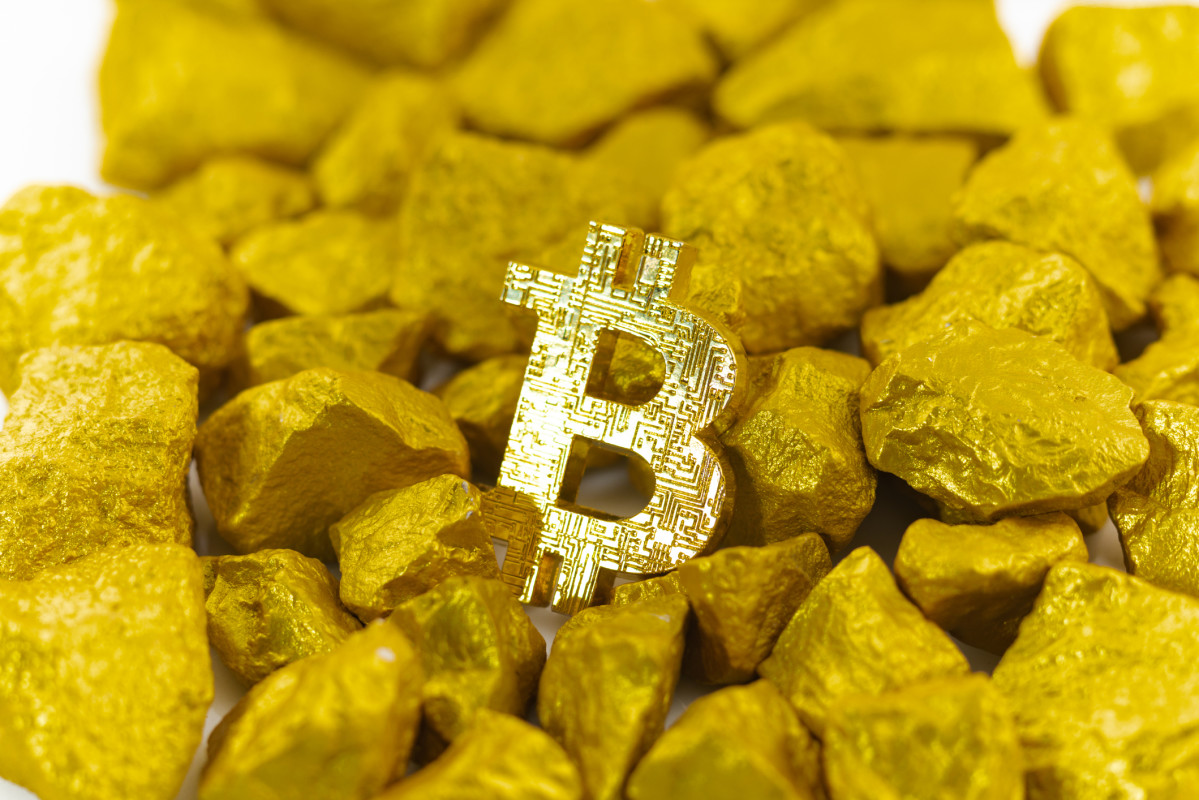Bitcoin's Surge Boosts Miners More Than Expected, Says HIVE's Frank Holmes

The Impact of Bitcoin’s Price Surge on Miners
The recent surge in Bitcoin's price is not only beneficial for investors but also presents a significant opportunity for miners, especially those who choose to hold onto their Bitcoin rather than sell it immediately. This trend has been highlighted by Frank Holmes, Executive Chairman at HIVE Digital Technologies, who shared his insights during an interview with TheStreet Roundtable host Scott Melker.
Holmes emphasized that the price increases have a dual effect on mining companies that adopt a HODL strategy. “They do, and what people don't realize is someone that hodls Bitcoin like we do, it gives you even a bigger bump when it comes mark to market,” he explained. This approach allows companies to benefit more from the market value of their holdings as the price of Bitcoin rises.
The Role of Government Initiatives in Bitcoin's Growth
When pressed about his confidence in Bitcoin's continued growth, Holmes pointed to recent U.S. government initiatives that are seen as favorable to blockchain and Web3 technologies. He referenced the Genius Act, which he believes will have far-reaching implications for the development of Web3 in America. “I think it's very important people realize how the ramifications, it's nonlinear, nonlinear math, it's not from A to B. It's going to evolve or Web3 will grow substantially in America — and in particular now with the government support not attacking Web3 and Bitcoin is the backbone to Web3,” Holmes stated.
He also mentioned the potential role of stablecoins backed by U.S. banks in countering China's efforts to de-dollarize the global economy. “People want U.S. dollars — realize it — and it's the battle against China. China's trying to do everything to de-dollarize, to hurt America. Well all of a sudden now the solution back to it, the proof that digital economy works when you look at Bitcoin, it's now going to grow with a stablecoin.”
Scarcity and Adoption of Bitcoin
Bitcoin’s capped supply of 21 million coins contributes to its appeal as a store of value. Holmes noted that this scarcity element plays a crucial role in driving adoption and increasing the value of Bitcoin. “And with that, Bitcoin's capped at 21 million coins. That scarcity element just makes it — the adoption process gets these big bumps that increase,” he said.
The Rise of Bitcoin Treasury Companies
Melker highlighted the growing trend of companies incorporating Bitcoin into their treasuries, citing examples like MicroStrategy. “Michael Saylor himself, seemingly buying over a half a billion for strategy every single week,” he noted. While Holmes agreed with the significance of this trend, he pointed out that the relationship between miners and treasury companies has become more complex. “I don't think it's as straight as it used to be, very straight correlated, high correlation, and now different strategies all of a sudden giving a different bid to them,” he said.
The Shift Toward Purchasing Power
Despite the complexities, Holmes believes that one major narrative is emerging: the focus on purchasing power. “The crypto ecosystem has educated so many investors. It's not about the CPI because that number is fud. That number changes all the time,” he explained, pointing to economists who track inflation using outdated CPI methods. “They’ve reported that using the 1980 basket for CPI, it’s running at 12%… Your purchasing power is off 30% to 50%.”
In response to this, Holmes suggested that individuals are looking for ways to hedge against inflation. “So people are to say, how do I hedge that? Well, you buy Bitcoin. And if you're really conservative, you just want to preserve your capital, you go buy some gold. But if you really want to preserve your capital and make money, even though it's higher risk, you buy Bitcoin.”